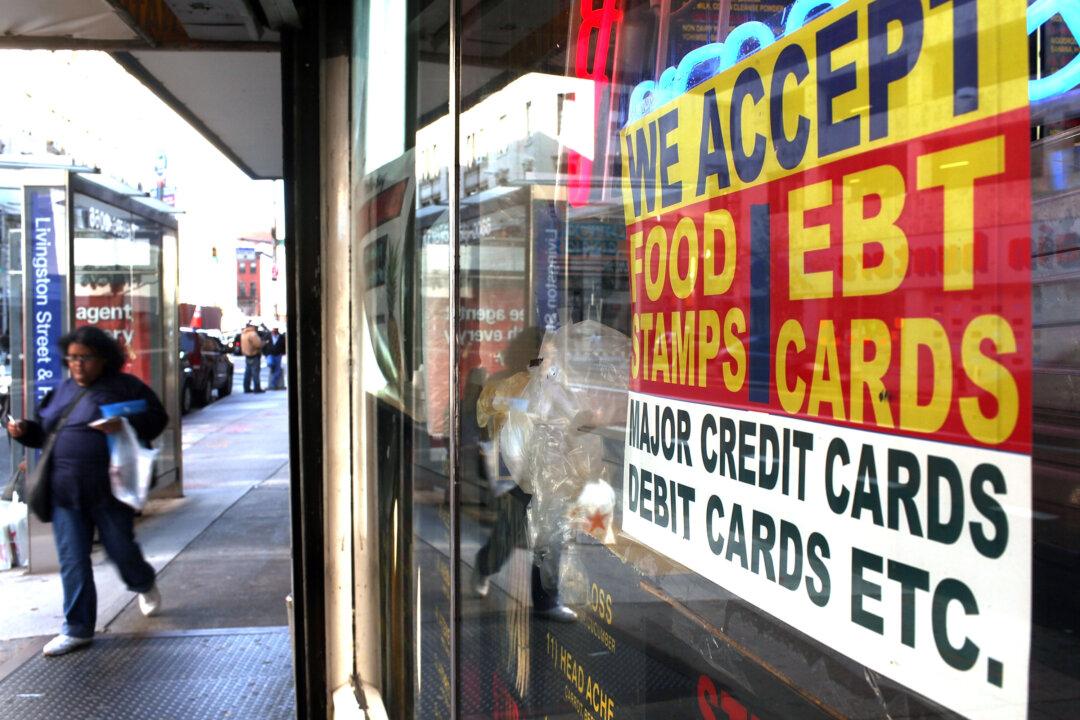The Trump administration is set to announce changes to the federal food stamp program that would strengthen eligibility requirements for certain categories of aid recipients, cutting benefits while encouraging self-sufficiency amid record low unemployment.
Department of Agriculture officials will announce the finalized modifications to parts of the Supplemental Nutrition Assistance Program (SNAP) on Wednesday, according to Bloomberg News. The new rule is expected to be published in the Federal Register on Thursday.





